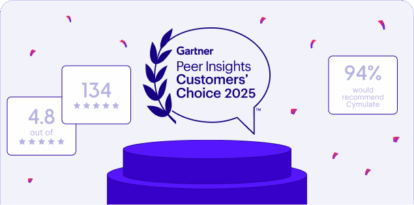Popular Posts
Validation: The Engine that Powers CTEM

Enterprise Cloud Security: Best Practices and Guide

Cymulate Expands WAF Validation with OAuth 2.0 Support

Cymulate Named a Customers' Choice in the 2025 Gartner® Peer Insights™ Voice of the Customer for Adversarial Exposure Validation

Cloud Security Monitoring: Best Practices and Tools



